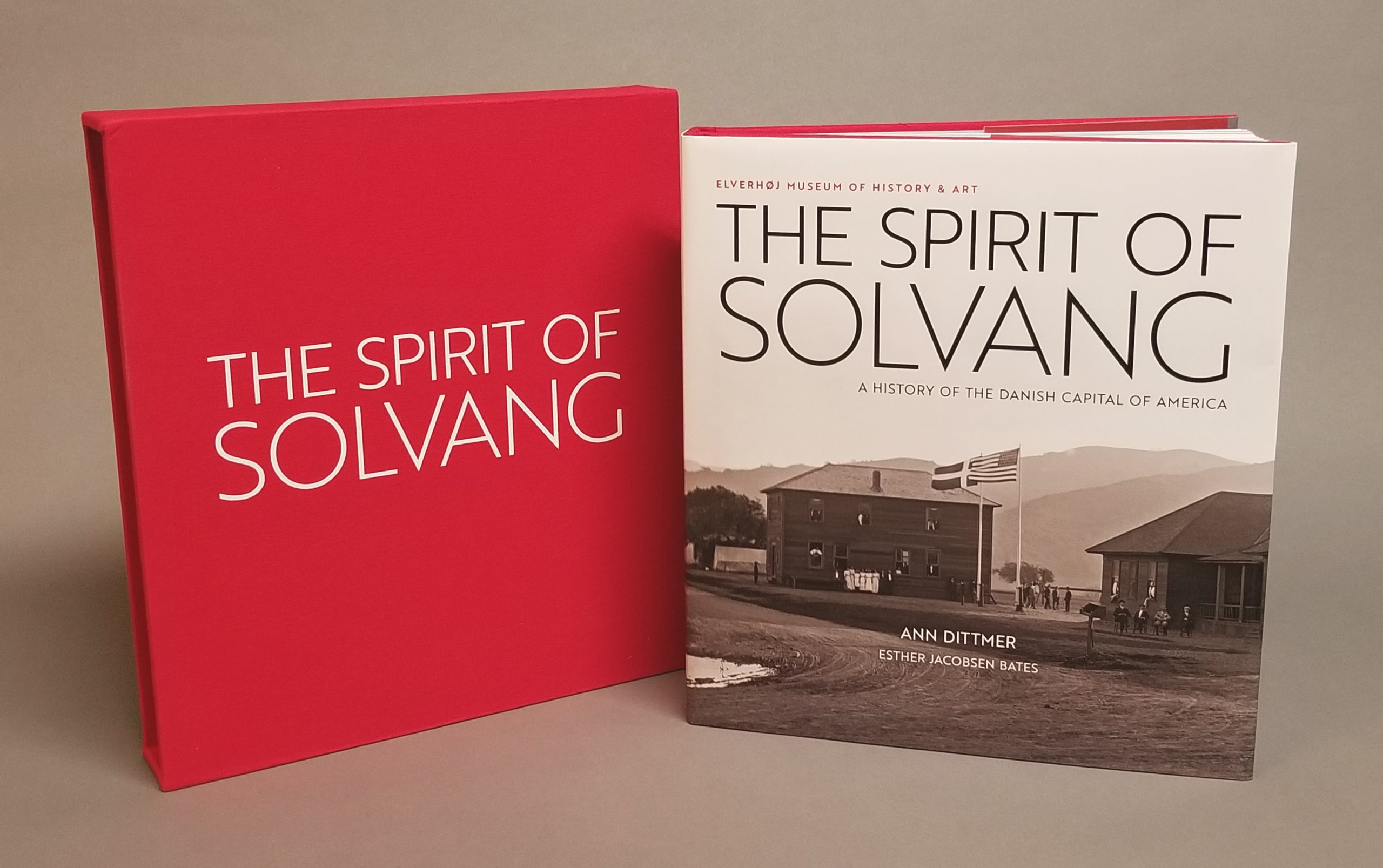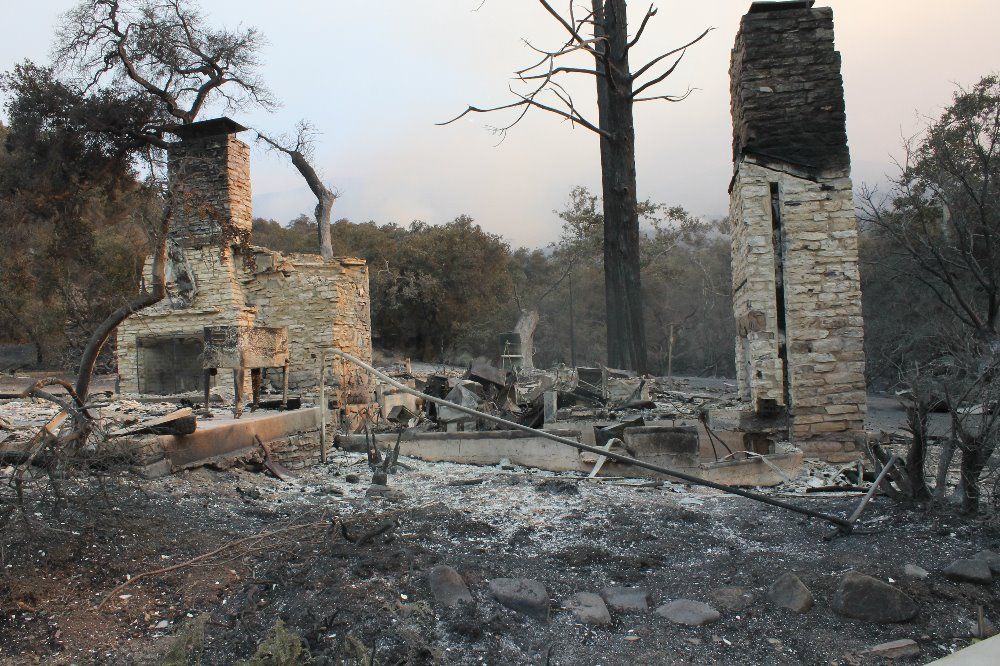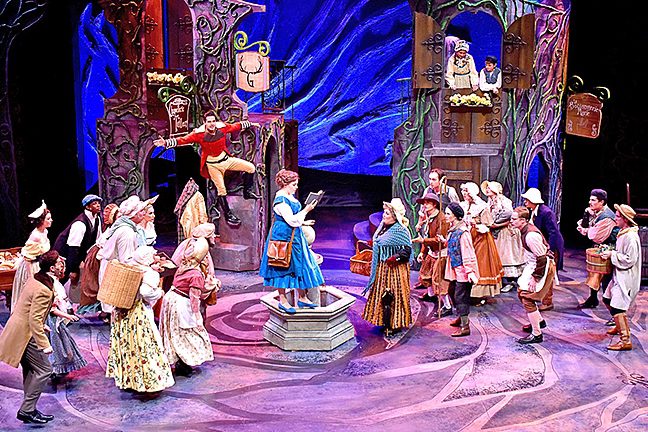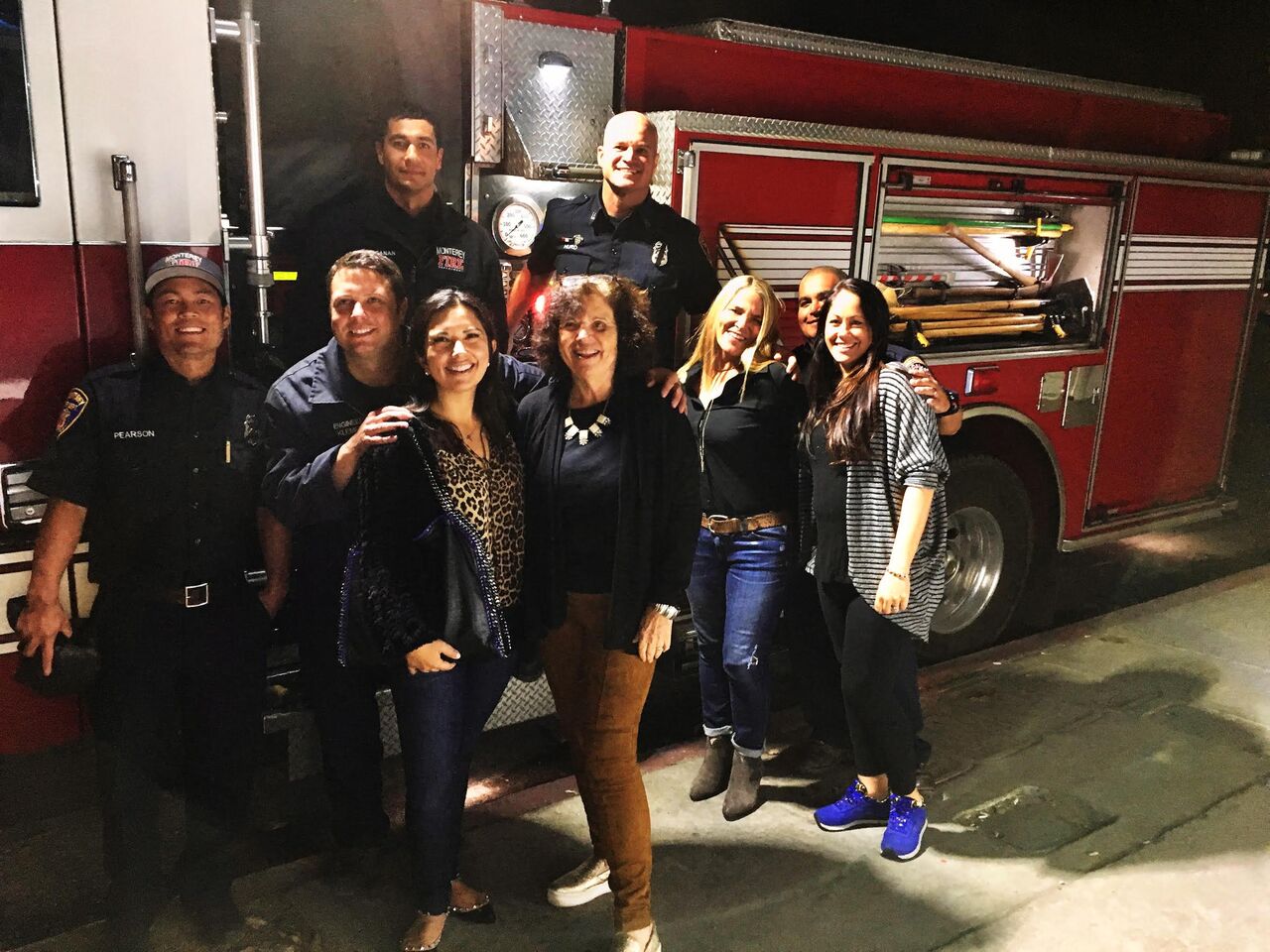By Raiza Giorgi
publisher@santaynezvalleystar.com
What started as a research project several years before the Solvang Centennial celebration in 2011 has turned into a complete history of the Danish settlement of Solvang and the two women behind it into lifelong friends.
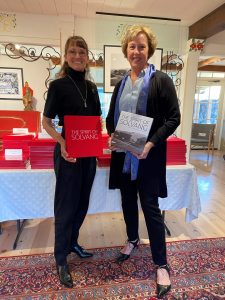
Authored by researcher Ann Dittmer, left, and Elverhøj Executive Director Esther Jacobsen Bates, the hardbound book is the result of more than a decade of research and development.
“I met Ann (Dittmer) by chance as she wanted to do a research project on the area after she had already done an agricultural project in the valley,” said Esther Jacobsen Bates, executive director of the Elverhoj. “We started talking and the things we have learned throughout the years on Solvang blew us away. It only seemed right to turn all this fabulous history and photos we uncovered into a book for all to enjoy,”
This new 220-page book ($39.95) chronicles the challenges and triumphs of this Danish community that grew, thrived and evolved while most faded into obscurity. “The Spirit of Solvang” fills a void as previously there had been no published written or photographic documentation of one of the most vital Danish-American communities in the United States.
The public got to enjoy a reception of the book launch at the Elverhoj on Jan. 25 and see how this town has become such an influential piece of the Central Coast.
“In researching the book we found out that Solvang almost didn’t make it a few years into its existence,” Bates said. “Could you imagine what would have happened.”
Solvang was founded in 1911, as a dream of three Danish immigrants: Reverend Benedict Nordentoft, Reverend J. M. Gregersen and Professor P. P. Hornsyld. They planned to raise money to buy a large tract of land on the West Coast and subdivide it into plots for farms, homes and a town for Danish immigrants. Profits from the sale of land would be used for building a Danish-style folk school. Also planned was a Lutheran church, according to historical facts at the Elverhoj.
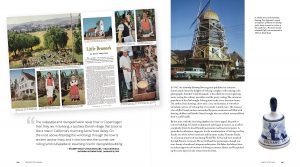
The new 220-page book chronicles the challenges and triumphs of this Danish community that grew, thrived, and evolved while most faded into obscurity.
What people don’t commonly know is that the first year went very well on selling plots, but the next two years did not go as planned and the three founders couldn’t make payments, so the bank took back the land, Bates explained.
“Mr. Gregersen then wrote to Danish families across the country asking them to come look to settle in Solvang, which then they were able to raise enough funds to buy the land back from the bank,” she said.
Bates said her and Dittmer got this information through letters between the founders and others that the Gregersen family kept and had stored in their basement, otherwise none of this was known. The letters were written in Danish, so they sent copies to professional translators to get interpreted.
“It made us want to know as much as possible and Ann interviewed more than 100 people in doing the research for this book,” Bates said. “I am looking forward to those who helped us, and those who are interested in our area to see the finished product.”
One family who lives in Wisconsin has already ordered several copies as their grandparents would drive to Solvang every year in the 1920s, which was quite a trek back then, and talked of their adventures through the years. They were curious to see what Solvang looked like then, Bates said.
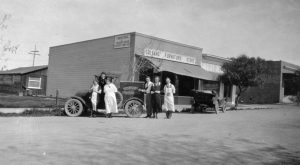
By 1920, Solvang’s population was 406 and the demand for businesses grew. Termann Paaske’s furniture and undertaking business on Main Street provided an essential service.
The Solvang then did not look anything like it is today, as it first started as a Western type town with dirt roads and wooden buildings.
“It’s funny to know that several original buildings are still here like the Rasmussen’s building (Copenhagen and Alisal), but they’ve been built out to a mission style look first, and then the Danish architectural style added after,” Bates said.
The Rasmussen’s building was first known as Sophus Olsens, and then Marcus Nielsen purchased it for his grocery store, to which the mission style architecture was added with the corridor of arches, and then the Rasmussen’s took it over, adding the Danish style later.
Bates said the boom of tourists started in January 1947, when the Saturday Evening Post magazine published a feature article about the “spotless Danish village that blooms like a rose in California’s charming Santa Ynez Valley.”
“That article gave us the push that really influenced our town,” Bates said. “In fact, there were so many people that came after that article, Danish Days was shut down for a couple years because they couldn’t handle the amount of people coming.”
Solvang was then known as the “Danish Capital of America.”
Solvang has welcomed Danish Royal Family members to the town.
Crown Prince Frederik and Crown Princess Ingrid of Denmark visited on April 7, 1939. Princess Margrethe visited on June 5, 1960, with Bates as a small child in the photo with her to the right of Princess Margrethe, and then returned on May 23, 1976, as Queen Margrethe II of Denmark, this time accompanied by her husband Prince Henrik.
“This book recounts the history of a highly successful Danish-American community on the West Coast of America,” remarks Denmark’s Ambassador to the United States, Lone Dencker Wisborg, in her foreword for the book. “Solvang evolved from a rudimentary beginning into a success story driven by perseverance and progressive thinking—blending American economic ideals with Danish community cooperation and educational exchange.”
There are photos and stories that are exclusive to the book, and there are only 2,400 copies published. The book is exclusively sold at the Elverhoj, for those interested in purchasing one. The Elverhoj also currently has an exhibit “Spirit of Solvang”, which has several of the photos and artifacts that people can see in person until Feb. 16.
The Spirit of Solvang is now available exclusively at Elverhoj Museum. Located at 1624 Elverhoy Way in Solvang, visitor hours are Wednesday through Sunday from 11 a.m. to 4 p.m. To order your copy, phone (805) 686-1211 or email info@elverhoj.org.

